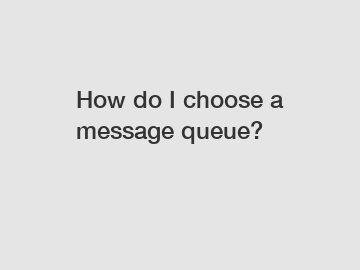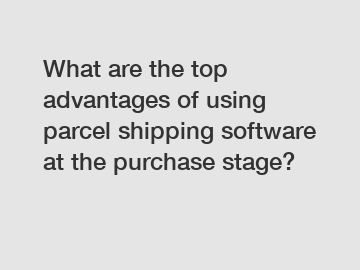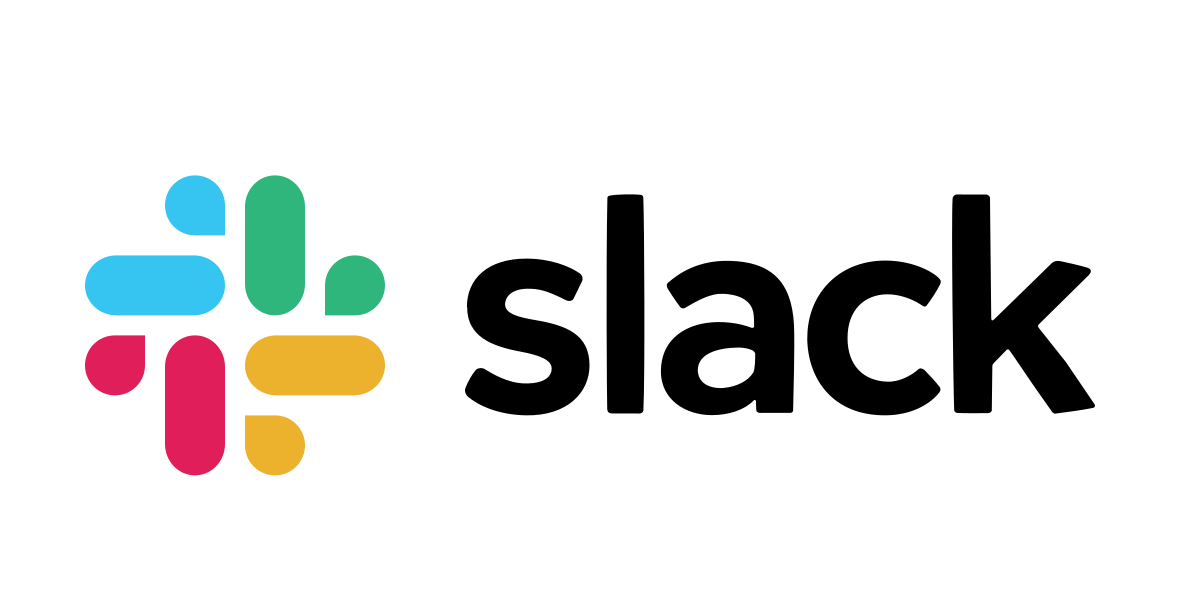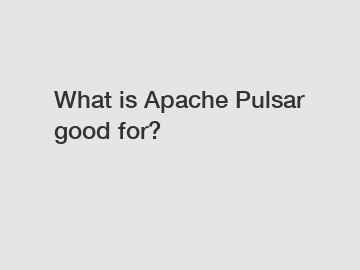How do I choose a message queue?
# How to Choose a Message Queue.
Message queues are essential components for building distributed systems that need to communicate asynchronously. With so many options available, it can be overwhelming to choose the right message queue for your project. Here are some steps to help you make an informed decision.
### Step 1: Understand Your Requirements.

Before choosing a message queue, you need to understand your project's requirements. Determine the volume of messages, the message delivery guarantees needed, the supported protocols, and the scalability requirements of your system.
### Step 2: Evaluate Performance.
Performance is a crucial factor when selecting a message queue. Consider factors like throughput, latency, and message size limitations. Test the performance of different message queues under realistic conditions to ensure they meet your project requirements.
### Step 3: Consider Durability and Reliability.
Durability and reliability are essential for ensuring message delivery in distributed systems. Look for features like message persistence, replication, and fault tolerance. Choose a message queue that provides the level of durability and reliability required by your project.
### Step 4: Determine Scalability.
Scalability is important for accommodating growing message volumes and expanding system requirements. Evaluate how well a message queue can scale horizontally and vertically. Consider factors like clustering support and load balancing capabilities.
### Step 5: Assess Integration Capabilities.
Consider how easily a message queue can integrate with your existing systems and technologies. Look for support for common protocols like AMQP, MQTT, or STOMP. Ensure that the message queue can seamlessly connect with your application stack.
### Step 6: Evaluate Monitoring and Management Tools.
Monitoring and management tools are essential for maintaining and troubleshooting message queues. Look for features like real-time dashboards, alerting mechanisms, and logging capabilities. Choose a message queue that provides robust tools for monitoring and managing message queues.
### Step 7: Consider Community Support and Documentation.
Community support and documentation play a vital role in the adoption and success of a message queue. Look for active communities, forums, and documentation resources that can help you troubleshoot issues and learn best practices. Choose a message queue with a strong community presence.
## Conclusion.
By following these steps, you can choose a message queue that meets the requirements of your project and ensures seamless communication in your distributed systems. Evaluate each factor carefully and test different message queues to find the best fit for your specific needs.
If you want to learn more, please visit our website slack add webhook, is kafka a message queue, how to connect chatgpt to slack.
Related Articles









Comments